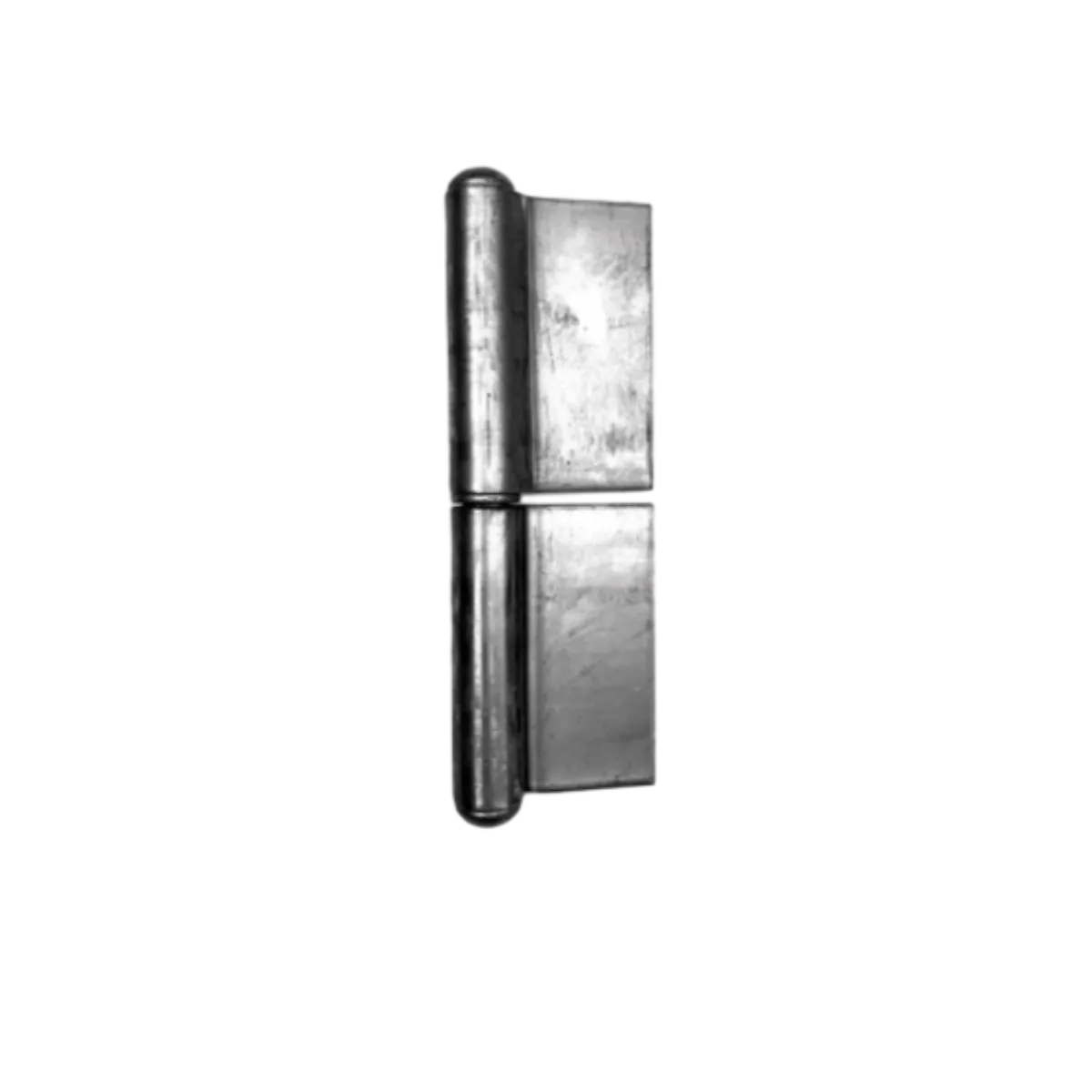Decorative Cast Iron Spear Point Finial for Elegant Home Accents and Garden Features
The Art and Utility of Cast Iron Spear Point Finials
In the realm of architecture and ornamental design, cast iron spear point finials stand out as significant decorative and functional elements. These meticulously crafted pieces serve as the crowning glory for a variety of structures, offering both aesthetic appeal and practical advantages. This article delves into the history, design, and applications of cast iron spear point finials, illustrating their importance in contemporary and historical contexts.
Historical Significance
The use of finials can be traced back to ancient civilizations, where they were integrated into various architectural styles. However, the advent of cast iron in the 18th century marked a transformative period for decorative arts. As the Industrial Revolution progressed, the ability to mass-produce cast iron products allowed for the widespread use of finials in public and private sectors. These ornamental elements became synonymous with Gothic and Victorian architectures, often seen atop fences, gates, and building parapets.
The spear point design is particularly noteworthy for its robust symbolism. Historically, the spear has been associated with defense and protection, making the spear point finial not only a decorative feature but also a signifier of security and stature. Its pointed shape often evokes strength, making it a fitting choice for structures intended to convey stability and permanence.
Design Elements
Cast iron spear point finials typically showcase intricate detailing and craftsmanship. These finials often feature ornate patterns, scrollwork, and designs that reflect the aesthetic trends of their time. The spear point shape itself varies, with some finials embracing a straightforward spear-like appearance while others incorporate elaborate motifs, such as floral or geometric designs. The artistry involved in creating these finials enhances their attractiveness, turning them into focal points atop structures.
The finish of cast iron finials may also vary. While traditional black matte finishes remain popular, many contemporary designs offer a range of powder-coated colors and finishes that allow for customization to suit diverse architectural styles. This adaptability ensures that finials can harmonize with various designs, from minimalist modern homes to richly ornate historical buildings.
cast iron spear piont finial

Practical Applications
Beyond their decorative appeal, cast iron spear point finials serve practical purposes. They are frequently used atop wrought iron fences and gates, providing an additional layer of protection and discouraging unwelcome entry. The pointed design can act as a deterrent for intruders while simultaneously adding an element of sophistication to the enclosure.
In addition to their use in residential fencing, spear point finials are also common in commercial and public architecture. They adorn buildings, parks, and public squares, contributing to a sense of identity and character within a community. By employing finials, architects and designers can evoke a sense of place, often reflecting the historical and cultural significance of the area.
Maintenance and Longevity
One of the remarkable attributes of cast iron materials is their durability. With proper care and maintenance, cast iron spear point finials can last for decades, if not centuries. Regular inspections for rust, especially in climates with high humidity or coastal proximity, are crucial. Protective coatings can enhance longevity, safeguarding the finials against weathering and corrosion. Should any damage occur, cast iron can often be repaired or restored, preserving its historical value.
Conclusion
In conclusion, cast iron spear point finials symbolize the intersection of functionality and artistry, merging practical use with decorative flair. Their enduring appeal is rooted in rich historical significance, intricate design, and versatile applications across various architectural styles. As we continue discovering ways to integrate the beauty of historical elements into modern design, cast iron spear point finials remain treasured artifacts that tell the story of our architectural heritage while enhancing the beauty of contemporary structures. Whether standing sentinel atop a gate or gracing a building’s façade, these finials exemplify that beauty and utility can coexist gracefully in the world of design.
-
Wrought Iron Components: Timeless Elegance and Structural StrengthNewsJul.28,2025
-
Window Hardware Essentials: Rollers, Handles, and Locking SolutionsNewsJul.28,2025
-
Small Agricultural Processing Machines: Corn Threshers, Cassava Chippers, Grain Peelers & Chaff CuttersNewsJul.28,2025
-
Sliding Rollers: Smooth, Silent, and Built to LastNewsJul.28,2025
-
Cast Iron Stoves: Timeless Heating with Modern EfficiencyNewsJul.28,2025
-
Cast Iron Pipe and Fitting: Durable, Fire-Resistant Solutions for Plumbing and DrainageNewsJul.28,2025
-
 Wrought Iron Components: Timeless Elegance and Structural StrengthJul-28-2025Wrought Iron Components: Timeless Elegance and Structural Strength
Wrought Iron Components: Timeless Elegance and Structural StrengthJul-28-2025Wrought Iron Components: Timeless Elegance and Structural Strength -
 Window Hardware Essentials: Rollers, Handles, and Locking SolutionsJul-28-2025Window Hardware Essentials: Rollers, Handles, and Locking Solutions
Window Hardware Essentials: Rollers, Handles, and Locking SolutionsJul-28-2025Window Hardware Essentials: Rollers, Handles, and Locking Solutions -
 Small Agricultural Processing Machines: Corn Threshers, Cassava Chippers, Grain Peelers & Chaff CuttersJul-28-2025Small Agricultural Processing Machines: Corn Threshers, Cassava Chippers, Grain Peelers & Chaff Cutters
Small Agricultural Processing Machines: Corn Threshers, Cassava Chippers, Grain Peelers & Chaff CuttersJul-28-2025Small Agricultural Processing Machines: Corn Threshers, Cassava Chippers, Grain Peelers & Chaff Cutters












